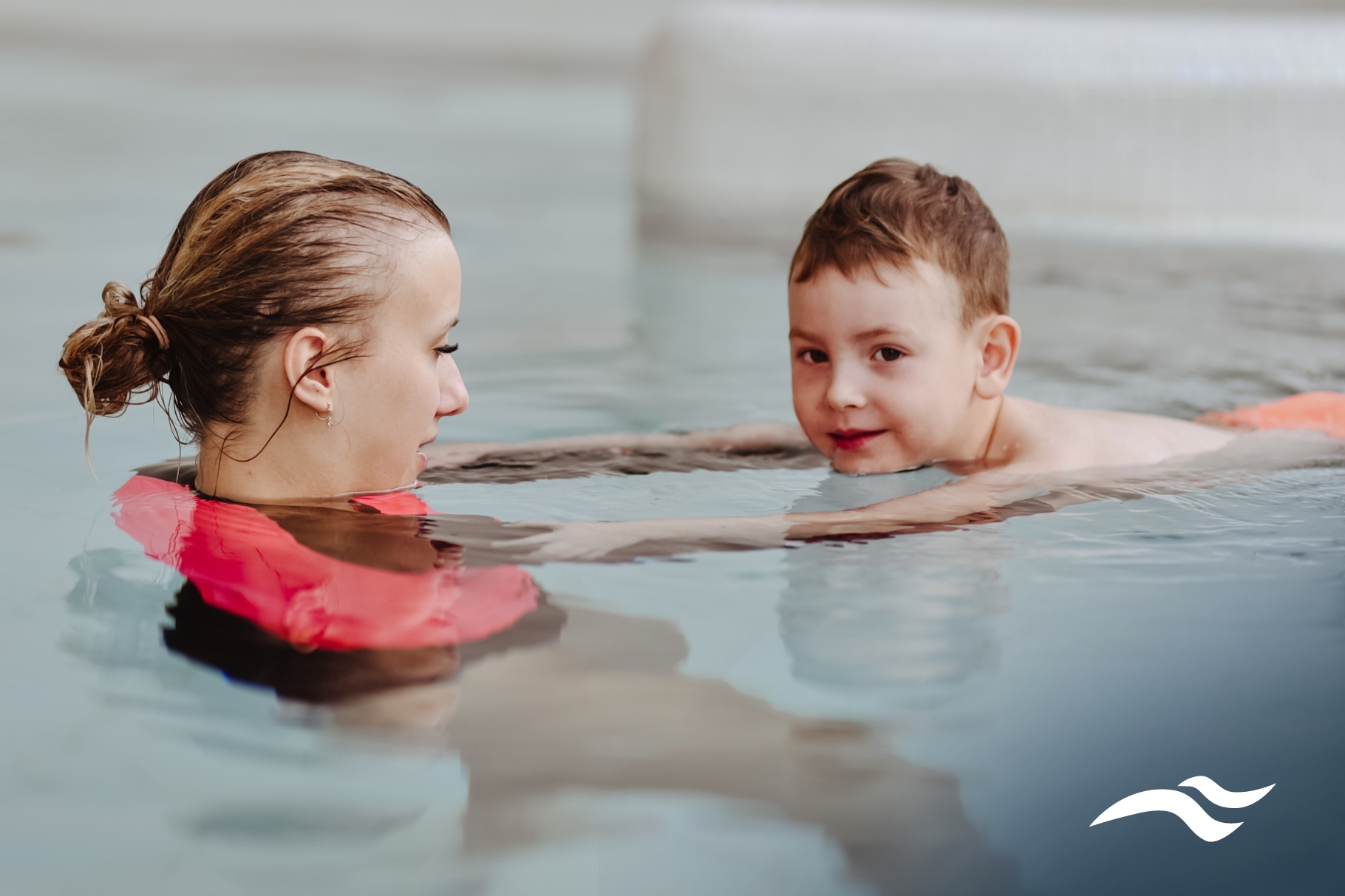Swimming with Autism – Water Soothes the Body and Mind

Peace, Quiet, Freedom… Everyone who experiences the therapeutic properties of water agrees that it brings relaxation. Children with developmental disorders perceive water-based activities in the same way. We spoke with Kasia Stęsicka from the Friendly Swimming School Swimmingo about the therapeutic benefits of this form of activity.
Autism and Swimming?
Does a developmental disorder like autism disqualify someone from water activities, or is it quite the opposite—water activities are recommended?
I follow a principle that always holds true in practice: there are no disorders or disabilities that disqualify someone from engaging in water activities. Water soothes both the body and mind, so why put up barriers for those who need it most? Saying such activities are "recommended" is an understatement—children with ASD should have access to water-based classes and therapies. Water provides opportunities for a child’s development not only in motor skills but also in sensory, emotional, and behavioral areas, influencing many aspects of daily life and fostering independence.
Once, a parent told me, "Ms. Kasia, I’m so happy that this is more than just another therapy session in my son’s busy week." And there’s something deeply moving about that… Children with packed therapy schedules need freedom and passion, and water can provide exactly that.
Age Limit for Swimming with Autism?
At what age can a child with autism start water activities?
There is no lower or upper age limit. The earlier, the better. With current diagnostic capabilities, ASD can be identified even before a child’s second birthday. In my experience, working with such young children progresses incredibly quickly and… joyfully. [smile] From session to session, we can observe continuous progress.
However, there are no contraindications for starting water activities in adolescence or even adulthood. Water welcomes everyone.


Skills for Conducting Swimming Lessons with Autism
What skills and competencies does an instructor need to effectively lead sessions?
This topic remains somewhat unregulated in Poland, and the question is frequently raised, often sparking strong emotions within the swimming community. From my perspective, I recommend starting with the Halliwick methodology course, which is based on a 10-point program for adapting to the aquatic environment. In terms of training, I wholeheartedly recommend Krzysztof Miłkowski, who introduces the world of aquatic therapy with incredible passion.
However, it’s important to remember that to work with a child with ASD, one must first and foremost be a swimming instructor with an endless repertoire of exercises. Acquiring such a repertoire, learning how to adapt it to individual swimmers, and tailoring it to meet the specific needs of a child with ASD requires extensive practice and a deep understanding of the child’s needs.
On June 15–16 this year, in Rekowo Górne, together with Marcin Kaźmierczak from the "Safer 3 – Safer Children in Water" Foundation, we are organizing the second International Training Conference in Europe, Swim with Autism. During the conference, we will thoroughly discuss the entire process of conducting water activities for children on the autism spectrum.
We warmly invite anyone planning to begin working with children with ASD or those looking to expand their skills. No two children on the autism spectrum are alike, and there isn’t a single method or set of scenarios that works for every situation. Creativity, up-to-date knowledge, and experience are the shared keys to success.






Recommended

Splash Ball

Kickboard for kids Aqua Speed Kiddie Octopus 31 cm - yellow

Kid's microfiber poncho Aqua Speed 80 x 140 cm 01 - blue

Quick drying microfiber towel DRY SOFT 11 50x100 - green

Pool noodle for swimming 31 - red

